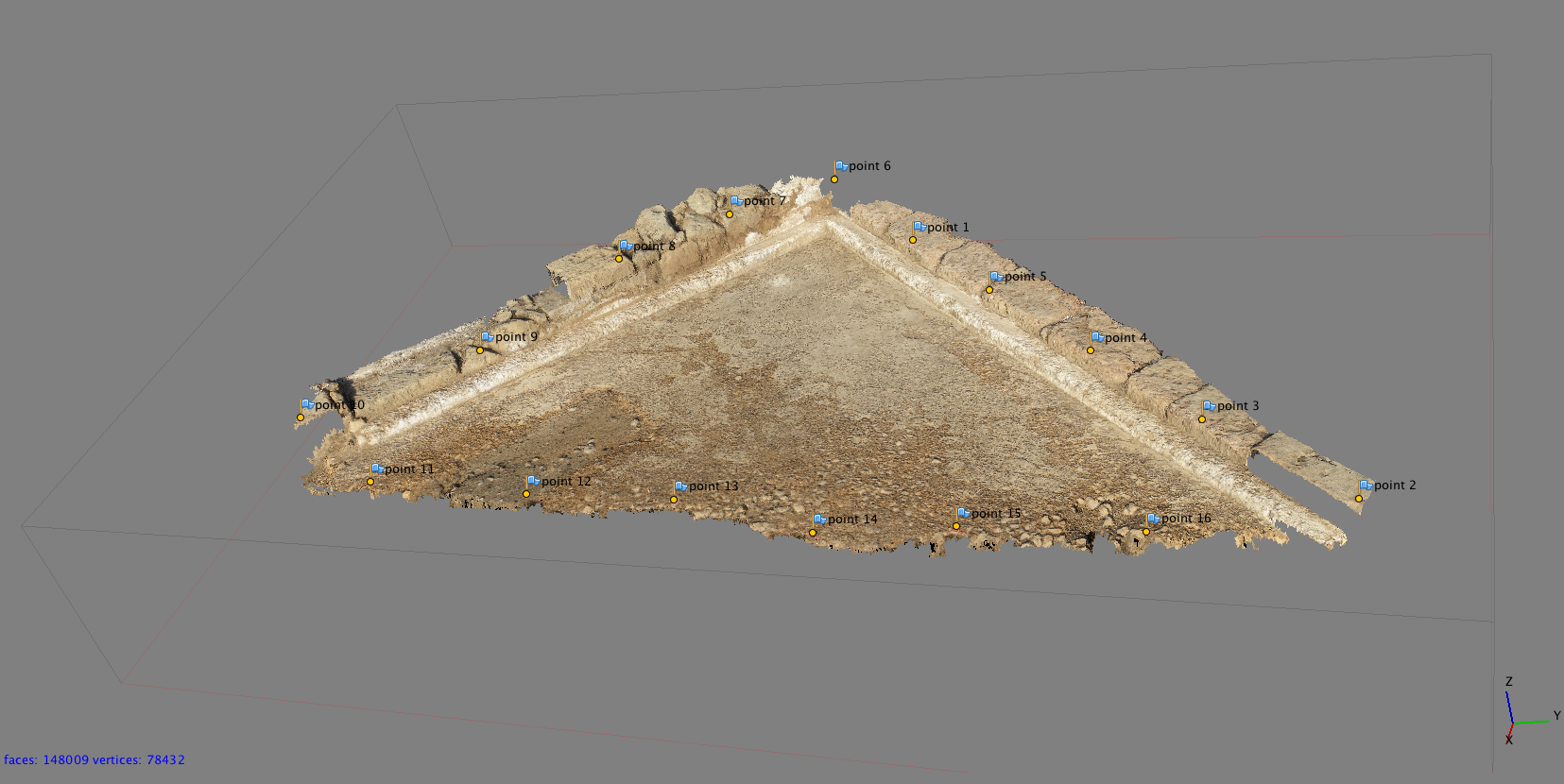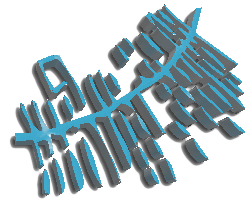The Gabii Goes Digital Challenge
The Gabii Project is a major archaeological
excavation located 18 km east of Rome in central Italy, conducted under the aegis of the University of
Michigan. Since the start of the excavations in 2009, over 500 GB of digital data have been collected during five summer fieldwork campaigns in the form of photographs, scanned plans, surveyed measurements, written descriptions, sketches and 3D models capturing stratigraphic layers and features such as walls, pavements and burials. Having collected and created this rich digital dataset, we face the challenge
of developing effective and innovative ways of publishing and sharing it.
For the past five years we've used 3D modeling derived from photos as a key part of the
recording strategy for the excavations at Gabii. We've built over 600 photorealistic, georeferenced
models, accounting for about 25% of the total recorded units at the site. These models provide a
much more intuitive experience of the stratigraphic record, for researchers working on the project, for
academics studying it, and for the general public. While we, and a number of other projects, have
grown increasingly adept at collecting modeling-ready images and producing these models,
strategies for sharing them with those without specialist software, integrating them into a project's
publication strategy, wrapping them up into data visualizations, and including them in responsible
archiving practices have not yet emerged.
In this project we will work to make these models a core part of our publication
record and promote their acceptance as basic data within the archaeological community. We believe developing a publication process which will allow the 3D modeling content to be subject to the same
level of scrutiny as text, and bringing the intellectual rigor required for peer reviewed publication of
the analysis and narrative to the models is essential for presenting research in which analysis,
visualization, modeling and narrative are closely intertwined, a situation typical of 21st c.
archaeological data. We feel bringing external review to the models moves them from effectively
being treated as non-essential appendices or add-ons to the publication to being treated as a core part
of the publication and as information in their own right. Moving these visualizations and models from
the 'appendices' box to the 'core' box stands to change fundamentally the way archaeologists
communicate their research, and can provide a paradigm for projects in any field using 3D modeling
and visualizations as research and dissemination tools.
The peer review process is designed to help authors strengthen their argument and clarify its presentation. As researchers and academics, we're trained to recognize good and bad writing, and to identify holes and weaknesses in a argument. We learn what makes a useful chart or illustration. There are conventions for the scaling of axes, selection of symbols, and amount of information presented. As reviewers we provide feedback on both the substance and style of a publication, commenting on the text and illustrations and how they work together. But what does good, useful interactive 3D content look like? What are the qualities on which this content should be assessed? In the Gabii Goes Digital Project we will be developing a pilot publication which integrates 3D modeling content, data, and narrative text. Collaborating with members of academic presses and members of the academic community at large, our aims are to define a framework for the review of publications integrating rich digital data and 3D modeling content, and to build a community of peer reviewers working from a common frame of reference to review and critique both the archaeological arguments being
presented and the medium through which they are being communicated.
Under Development
- Interactive Content
- Sample Scripts
- Metadata
- Procedures Docmentation








